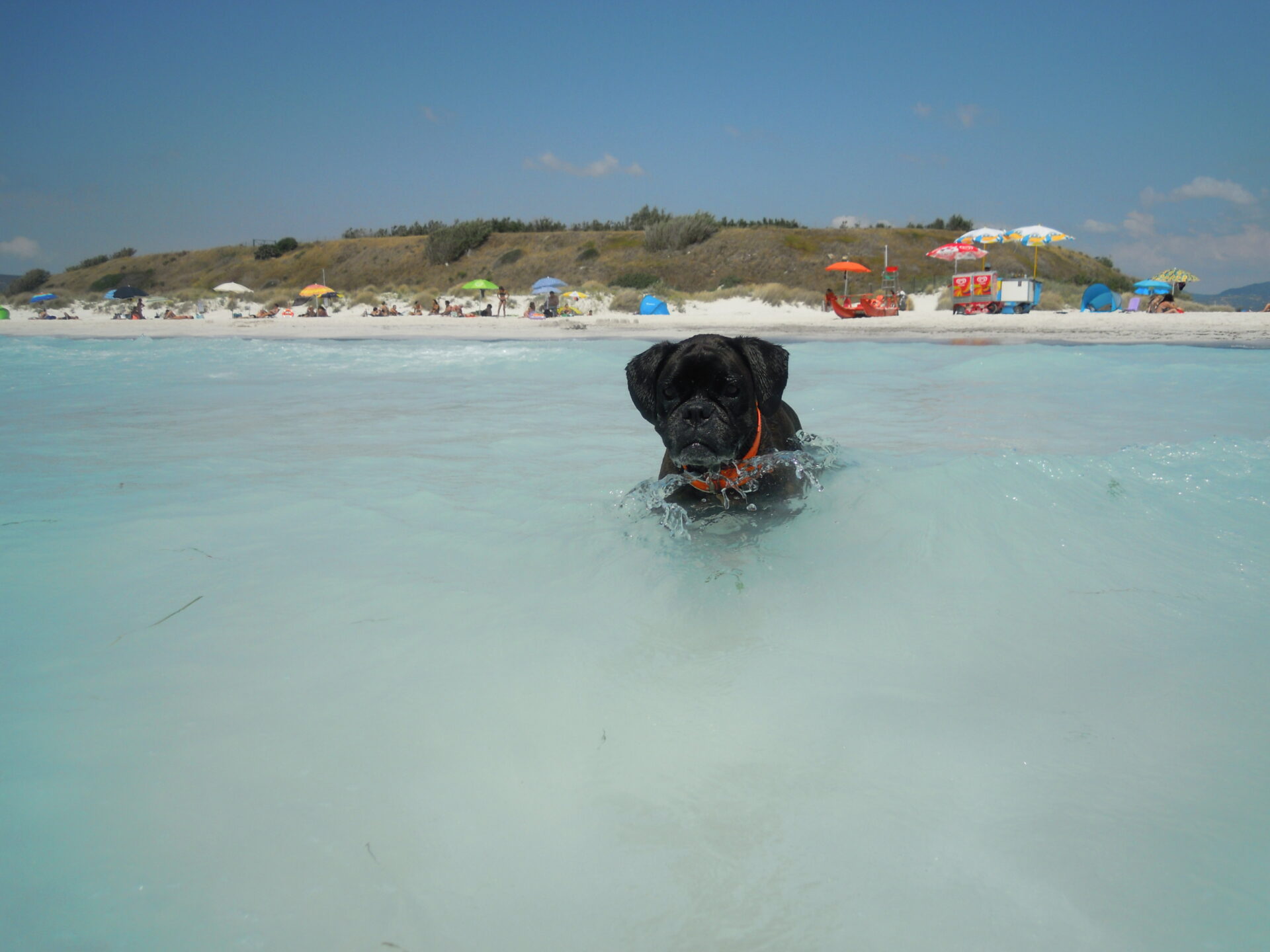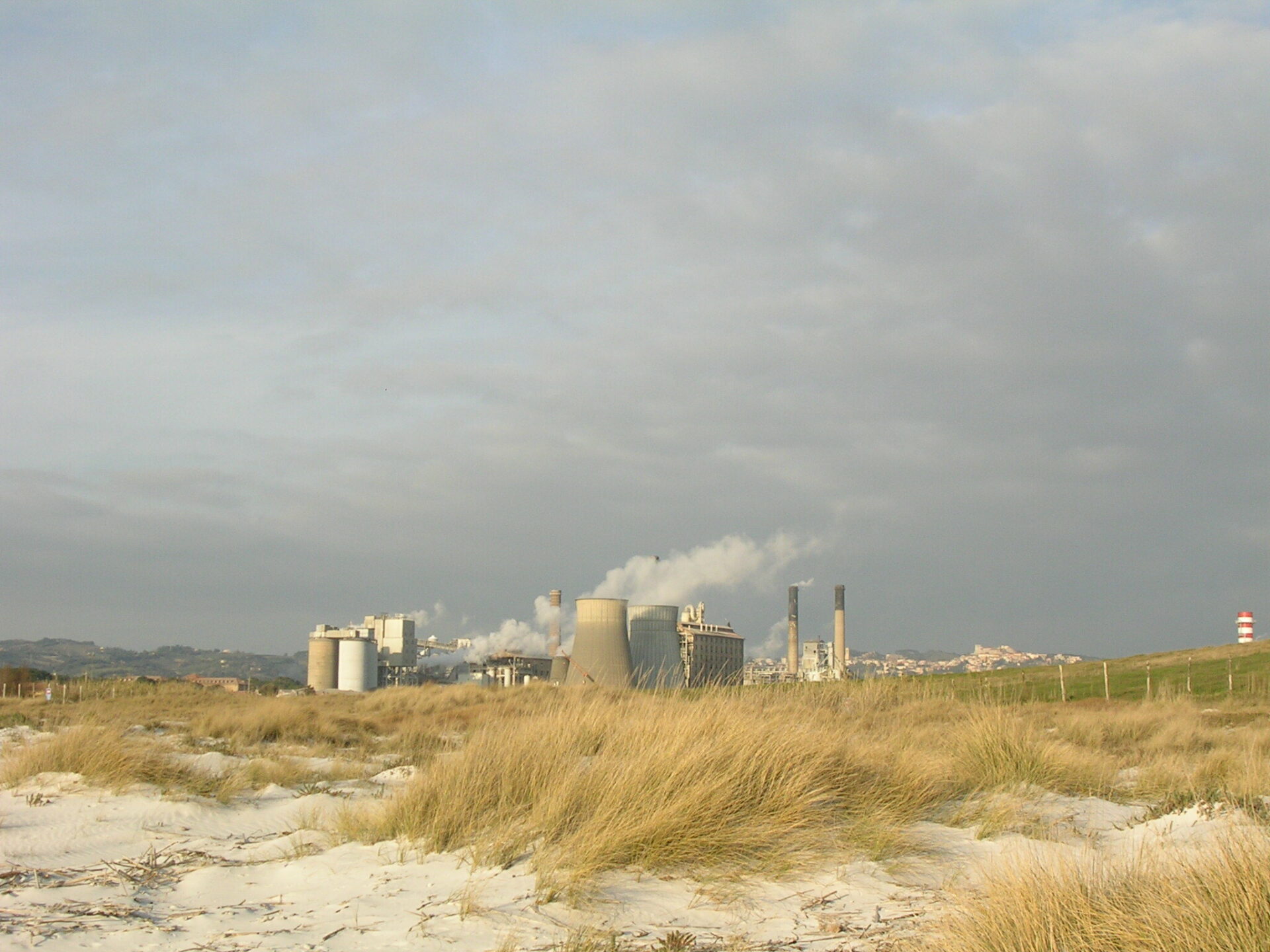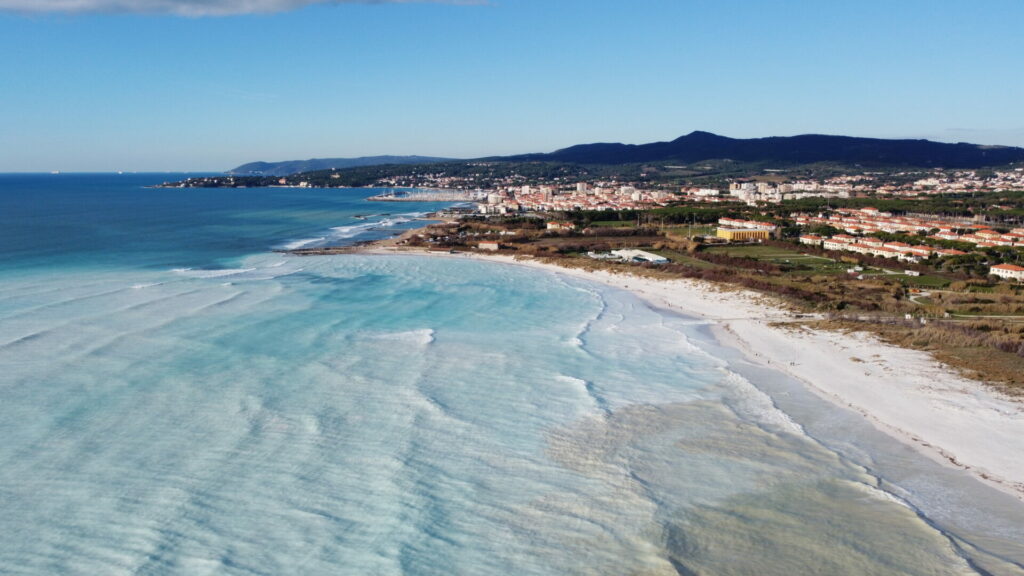In the picturesque Italian seaside town of Rosignano Solvay, located just 25 kilometres away from Livorno in Tuscany, holidaymakers frolic on the coast’s pearly-white beaches. In the waters, locals play volleyball, while tourists sunbathe on the unusually bright beaches. It’s a beautiful picture, but there is more than meets the eye.
Just over the horizon, sits one of Italy’s largest chemical plants, owned by Belgian company Solvay, which has lent its name to the area. The plant is responsible for producing soda ash, which is used to make things like glass and sodium bicarbonate and discharges its waste directly into the sea, just 200 metres away from where holidaymakers bathe.
According to American media Vice, the Belgian company has been dumping runoff into the seas since 1917. A 2008 study conducted by a local environmental agency asserts that there are now over 400 tonnes of mercury in the seabed below the waters.

Credit: Mario. M/Wikimedia Commons
The beach and the Belgian company have now become the scene for a long-running stand-off between local health campaigners and the local government.
Something in the water?
Solvay assures locals and concerned tourists that the run-off is both “safe and controlled” and even helps fight against coastal erosion.
This year, the Rosignano facility’s Integrated Pollution Prevention and Control (IPCC) permit was renewed by the Italian Ministry of Ecological Transition, which appears to confirm that the plant was operating with EU and Italian regulatory requirements.
Local activists are less convinced. Maurizio Marchi, from local cooperative Medicina Democratica, told Vice that high temperatures created mercury vapours which negatively impact children. Local environmental agencies assert that the levels contain high levels of mercury, lead, and arsenic, while Solvay insists that the waters are completely inert.

Credit: Etienne/ Wikimedia Commons
“Solvay does not use or add heavy metals in its soda ash industrial process. Limestone, like many types of rock or stone, naturally contains traces of heavy metals, but those remain imprisoned in a solid state in the limestone and are not harmful for living organisms,” the company insists.
Campaigners want to put an end to the ambiguity and finally conduct a study which can conclusively say whether there is a link between the pollution and chronic illness in the area. Unfortunately, this study never happened, as activists have been waiting for funding from the local government for four years.
The researchers behind the future study claim that Rosignano Solvay’s mayor was “hindering the study.” A previous study conducted in 2016 revealed that Rosignano had reported an excess in mortality from chronic diseases, as well as heavy pollution in the area, hinting at a link between the site and local health.
Likewise, in 2013, financial publication Bloomberg uncovered criminal court hearing documents stating that Solvay’s soda-ash unit had pumped out waste containing mercury six-times higher than the legal limit. Some believe that the study has been indefinitely delayed due to a fear of losing tourism to the area.
Activists demand renewed investigation
After years of deadlock, the wheels of change are finally rolling. Local Italian politician Francesco Berti has managed to secure a visit from Marcos A. Orellana, the United Nations Special Rapporteur on toxics and human rights, who will arrive sometime in December. The findings will likely lay the foundations for a greater investigation into pollution in the local area.
Activists have also criticised the close relationship between the Rosignano local government and the Solvay multinational. Vice highlights that Solvay had recently hired Solvay’s former mayor as CEO of a new plant in the local area. The activists are calling for greater transparency and a renewed commitment to the environment at the plant.
In a comment to The Brussels Times, a spokesperson for Solvay assured that the process to produce soda ash in Rosignano was "safe and controlled" and used "natural materials."
"Scientific evidence shows that the water quality is safe and in line with the rest of the Tuscan coast. The ARS- 'Agenzia Regionale Sanità' (Regional Health Agency) regularly monitors key indicators regarding health in many cities of the Tuscan Region," Solvay said.
Solvay maintains that the quality of the ecological status of the area is up to national standards, citing a recent “excellent” classification by local environmental agency ARPAT, which tested 17 points in bathing areas along the beach.

